Crop Recommendation using Python Machine Learning Project Report

Crop Recommendation using Python Machine Learning Project Report
₹1,001.00Write a review
You must be logged in to post a review.
Creating a project report for a Crop Recommendation System using Random Forest with a Flask web app involves several sections. Below is an outline of what your report might include. Adapt the structure based on your project’s specific requirements and details.
### 1. **Introduction**
– Introduce the purpose and importance of a Crop Recommendation System.
– Explain the benefits of using machine learning, specifically Random Forest, for crop recommendation.
– Provide an overview of the technologies used (Random Forest, Flask).
### 2. **Objectives**
– Clearly state the objectives of the Crop Recommendation System.
– Enumerate specific functionalities and features that the system aims to provide.
### 3. **Literature Review**
– Summarize relevant research and existing solutions related to crop recommendation systems.
– Highlight the strengths and weaknesses of previous approaches.
### 4. **System Requirements**
– Outline the hardware and software requirements for running the system.
– Specify any external datasets or libraries used in the project.
### 5. **Data Collection and Preprocessing**
– Describe the process of collecting and preparing the dataset.
– Discuss any challenges faced in obtaining representative and diverse agricultural data.
– Explain the preprocessing steps applied to the dataset.
### 6. **Methodology**
– Explain the overall methodology of using Random Forest for crop recommendation.
– Detail the features used in the model and the reasoning behind their selection.
### 7. **Model Training and Evaluation**
– Discuss the training process, including hyperparameter tuning.
– Present the evaluation metrics used to assess the model’s performance.
– Provide results and compare them with baseline or existing models.
### 8. **Web Application Design**
– Showcase the design of the Flask web application.
– Describe the user interactions, features, and how recommendations are presented to users.
### 9. **Integration with Real-world Agriculture**
– Explain how the trained model is integrated into the Flask web application.
– Discuss any challenges or considerations in deploying the model for real-world crop recommendations.
### 10. **User Interface and User Experience**
– Discuss the user interface and experience design considerations.
– Include screenshots or wireframes to illustrate the web app’s layout and functionality.
### 11. **Security and Privacy Considerations**
– Discuss any security measures implemented to protect user data.
– Address privacy concerns associated with collecting and processing agricultural data.
### 12. **Testing and Validation**
– Describe the testing approach used in the project.
– Detail test cases and their outcomes.
– Discuss any challenges faced during testing and how they were addressed.
### 13. **Conclusion**
– Summarize the project’s achievements.
– Reflect on any challenges faced and lessons learned.
### 14. **Future Enhancements**
– Suggest potential improvements or additional features for future development.
### 15. **Acknowledgments**
– Acknowledge any individuals, organizations, or resources that contributed to the project.
### 16. **References**
– List all the references, including research papers, articles, online resources, and tools used during the project.
### 17. **Appendix**
– Include any supplementary materials, such as additional code snippets, detailed technical documentation, or sample output.
Customize each section based on the specific details of our Crop Recommendation System project. This outline should provide a comprehensive structure for our project report.

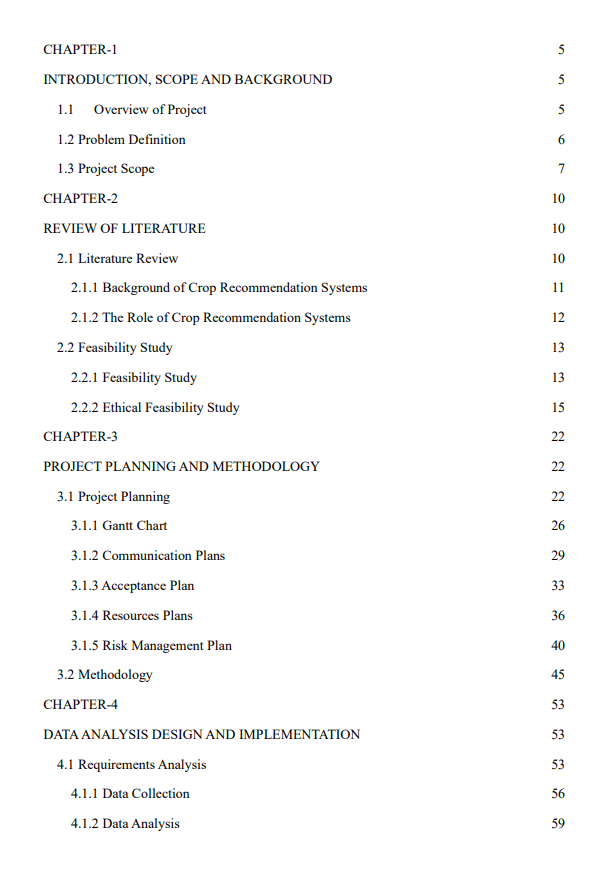

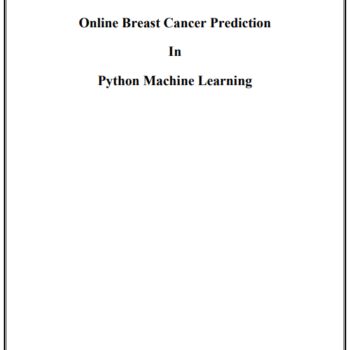
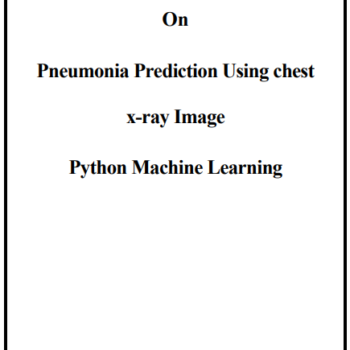
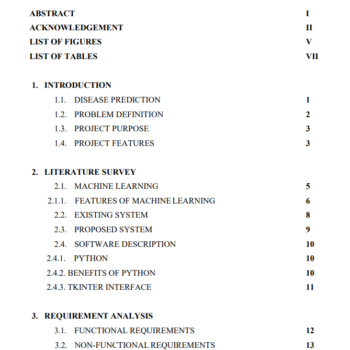
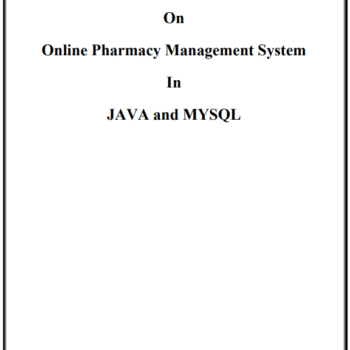
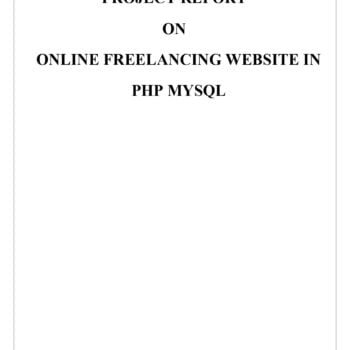
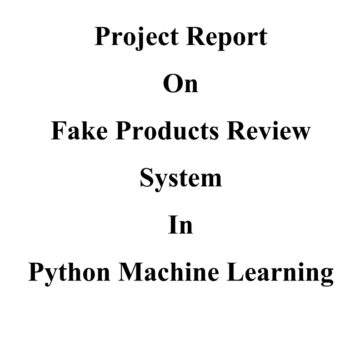

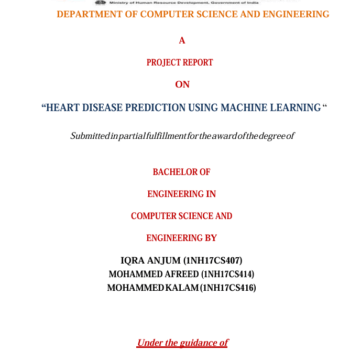
There are no reviews yet.